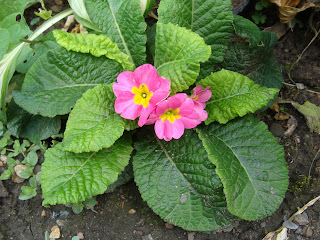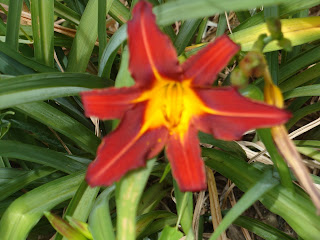Luna Red Hibiscus and Luna Pink Swirl Hibiscus. These are two Nativars of Hardy Hibiscus that do well in native gardens. They have large showy flowers that the bees love and they do well in most garden soil conditions. They are hardy perennials that come back every year without running a muck so they are not invasive and are easy to control. Many cold-hardy hibiscus cultivars are hybrids of H. moscheutos, H. coccineus. H. laevis, H. militaris, and H. palustris, with indeterminate genetic contributions from each parent species. Hibiscus breeders do not preclude the possibility of self-pollination. However, recent research has shown that artificial pollination just after the flower has opened using a high pollen load will ensure that most of the resulting seeds are from the selected pollen parent. Early hibiscus breeders were likely aware of this and used it to their advantage. Another great thing about Hibiscus is that they are extreamly easy to grow. All they ask for is full sun, decent soil and an occasional pruning. They leaf out late in spring , so do not think they are dead. Be patient and eventually they will have attractive foliage followed by a summer full of spectacular blooms
When most gardeners think of Hibiscus they immediately think of tropical flowers from Hawaii that are difficult to grow in the north and are considered house plants. The truth is there are also several hardy species of native North American species of Hibiscus that have been around for a long time but until recent years have not received much attention. The reason they have been getting so much attention is because of Hybrids of the native species with huge showy flowers and new color variations.Some of these flowers can achieve blooms up to twelve inches across.
A few years ago I bought a Luna Red and a Luna Pink Swirl Hibiscus from a local nursery. When I bought them I did not know at the time that they were raised by a local program at the Manchester Craftsman's Guild here on Pittsburgh's North Side. I bought them because I wanted to put something showy on the hillside between my house and the church parking lot next door.They have tripled in size now and are crowding each other out. I am going to divide them after they are done flowering and will move a few pieces of each color back by my pond. I never even knew that Hibiscus were originally swamp weeds or wildflowers.
Luna Red Hibiscus
Luna Pink Swirl Hibiscus























































































































































